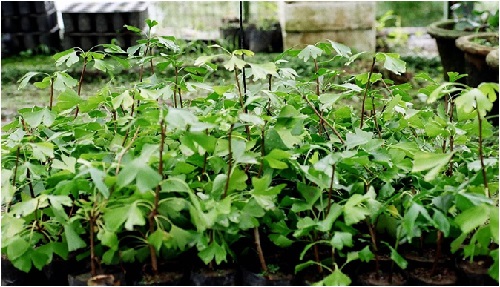Overview
Work
R&D Achievements
- S& T Achievements
- R&D Achievements
- You are Here
Field Evaluation Of Microbial Inoculants Developed For Use In Mountains
Microorganisms are environment specific and their distribution is largely governed by specific climatic factors. One of the prerequisites for developing this technology is proper understanding of the diversity of microorganisms in any given ecosystem with particular reference to their functional efficiency. The success of this study can be attributed to the fact that (1) the microorganisms used as inoculants originally were isolated from temperate or alpine locations of high altitudes, (2) large scale screenings for desirable traits (mainly nitrogen fixation, phosphate solubilization, disease control and tolerance to low temperature), and (3) their ability to influence a 'microbial shift' in the native microflora, mainly in form of stimulation of beneficial microbes and suppression of disease causing microbes. Study was carried out applying various microbial and analytical procedures such as rhizosphere analysis; microbial population of rhizosphere and their corresponding non rhizosphere soil (R: S ratios); Mycorrhizal colonization in terms of % colonization; analysis of Chlorophyll (a&b), leghaemoglobin and protein concentration; and analysis of plant growth, yield and yield related parameters. Field-based experiments were conducted to evaluate the growth promotion abilities of Bacillus subtilis NRRL B-30408 on lentil (Lens esculenta Moench), one cereal and two millets (Oryza sativa, and Eleusine coracana and Echinochloa frumentacea, respectively). Isolation of an endophytic bacterium from the cortical sells of mycorrhizae infected G. biloba roots is a promising lead towards conservation of this medicinally important tree species in Uttarakhand. Isolation of a cold tolerant and rhizosphere competent PGPR (Pseudomonas sp. strain gb3, MTCC Accession Number MTCC9476 and NCBI 16S rDNA Accession Number = EU702439) has promising PGPR properties for propagation and conservation of G. biloba, specifically under temperate locations . Development of the indigenous and endophytic bacterium in form of bioinoculant for propagation of healthy hilly agriculture crops and G. biloba is a better option for improving the yield and related attributes.
|
|
In-vitro node culture, stages of rooting and different stages of transplantation in pots followed by glass house
Some mathematical expression / symbols used in this web section (if any) from report could not copied in the exact format. So if you want to read the report please download it from here. |



Social Media Links